Audi TT Coupe (2006-2014) review
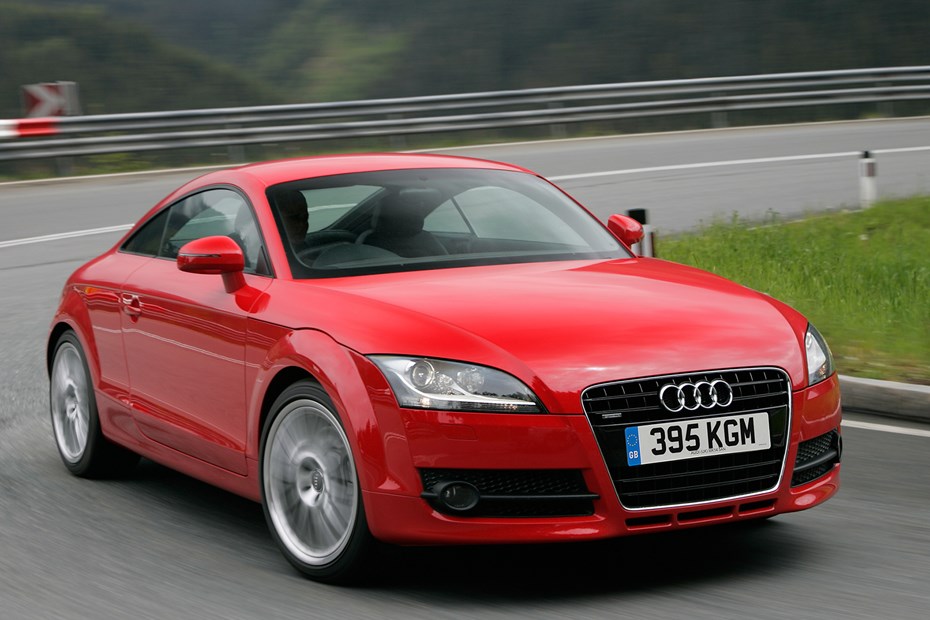
At a glance
| Price new | £24,490 - £40,005 |
|---|---|
| Used prices | £1,913 - £10,270 |
| Road tax cost | £195 - £735 |
| Insurance group | 30 - 38 |
Get an insurance quote with

|
|
| Fuel economy | Not tested to latest standards |
| Range | 356 - 700 miles |
| Number of doors | 2 |
| View full specs for a specific version | |
Available fuel types
Petrol
Diesel
Pros & cons
- Sleek styling, classy interior
- Surefooted handling
- Superb build quality
- Impractical, with tiny rear seats
- Avoid badly modified versions
- Good service history vital
Audi TT Coupe (06-14) rivals
Overview
The Audi TT Mk2 might not have the concept car looks of the original, but this second-generation version, also known as the Audi TT 8J, is otherwise better in almost every respect. It offers a more satisfying driving experience, greater performance and improved safety. It’s also proving reasonably robust as a used car purchase – though there are some important, potentially expensive things to look out for.
Power ranges from 160hp from the 1.8-litre front-wheel drive cars through to 360bhp from the most powerful TTRS Quattro five-cylinder models. Rivals range from the Volkswagen Scirocco and Peugeot RCZ at the lower end through to the Porsche Cayman at the top. An Audi TT Mk2 Roadster was also sold alongside this 2+2 Coupe.
Audi TT Mk2 known faults and common problems
With the earliest used examples of the Mk2 TT now available for less than £3,000, this is a tempting way into an attractive, sporty car for not much money. But in addition to all the usual used car pitfalls, you have to remember that sporty cars are often driven by sporty drivers – not all of whom are necessarily the most mechanically sympathetic.
As cars like this become more affordable, the level of abuse they’re subjected to often increases as well. So watch out for skimped service history and modified examples that have been pushed beyond their factory tolerances. As with most older cars, look out for electrical gremlins as well.
Buying guide
Common issues, and what to look for if you’re getting one.
1. S-tronic automatic gearbox
Let’s get this one out of the way. While the 8J TT’s S-tronic auto – Audi’s version of Volkswagen’s DSG – isn’t fundamentally unreliable, they do go wrong and it can be expensive. Which is worth knowing, because most Mk2 TTs are fitted with them.
This is where it pays to test drive a number of examples, to get a feel for what the gearbox is supposed to be like. Make sure you get the gearbox up to temperature, then drive slowly and look out for any weird behaviour. Everything can be fixed, but you’re looking at around £1,000 for the electronic control module, more than that for any mechanical issues.
2. Quattro four-wheel drive
Another obvious concern for any four-wheel drive VW Group product of this sort of age, but often more difficult to diagnose. Therefore, if you’re planning to spend a reasonable amount of money on a used TT with Quattro it could well be worth adding the necessary cost to get a professional inspection.
If abused, the Haldex system that connects the front and rear wheels can be prone to failure, leaving you with a front-wheel drive model with a fancy badge on the back. Again, it can be fixed, but it’s worth seeking out used cars where this kind of work has already been done by a reputable specialist.
3. Service history
The Audi TT Mk2 officially has two-year service intervals, which should ring alarm bells. The best used examples will have been treated to attention more often than that, and be extremely wary of any cars that have big gaps in their service records.
Key things to look out for are cambelt changes (on cars that need them) at 75,000 miles, and the recommended 60,000-mile interval for clutches on manual gearbox models.
4. Suspension
A few things to keep in mind here. The Mk2 TT’s improved driving experience came largely from its more sophisticated multi-link suspension. For this to keep working as it should, it needs to be maintained – so look for evidence bushes and other components have been replaced.
S line models came with lowered Sport suspension, which was often criticised for being harsh when new; upgraded Magnetic Ride adaptive suspension was better, but though the trick magnetic-fluid-filled dampers (sometimes known as ‘mag shocks’) aren’t prone to failure, once again issues are expensive to fix.
5. Bodywork
These cars are not known to rust, so any you find could be a sign of poor treatment or accident repair. Also know that many of the panels are aluminium, which means even minor damage can be expensive to repair – so don’t go thinking that little dent isn’t going to be a problem…
6. Tyres
Quattro models are known to be very hard on their tyres. So look for used TTs that have plenty of life left in their rubber or prepare to haggle. Similarly, avoid cars fitted with budget or mis-matched tyres, as both of these things speak of poor treatment in the past.
There’s not even a space-saver spare wheel in these, so worth checking to see if the emergency compressor and repair gunk is present. It probably won’t be.
7. Recalls
As ever, it’s good practice to make sure recalls have actually been carried out. There are a couple to look out for on the TT Mk2 – one relating to the brakes another related to the S-tronic gearbox, which for a couple of years got an unreliable temperature monitoring system that caused premature failure.
8. Engines
Quite a variety of engines were available in the TT – including two different 2.0-litre TFSI turbo petrols pre- and post-facelift – so just make sure you know exactly what you’re buying. The good news is that none of them have any major areas of concern.
They do typically use quite a bit of oil, though, so make sure you’re prepared for that. Misfiring is often a coil pack issue, but these are per cylinder, so replacing them at around £40 a pop can mount up. Models with timing chains can destroy their tensioners, which will be catastrophic. So listen for uncouth rattles and ask the seller about preventative maintenance.
9. Interior and electronics
Lots of standard kit on these, so make sure it all works and don’t get taken in by sellers claiming their car has loads of optional extras – almost everything except sat-nav and Bose was included. Window regulators can fail without warning, but definitely check for smooth operation on the test drive. Similarly, make sure the automatically extending rear spoiler also behaves itself properly.
Generally, ensure the amount of wear inside matches the mileage and the way the car is claimed to have been treated.
10. Modifications
Cheap sporty cars attract the modified motor scene, and ‘upgrades’ are carried out to very variable standards. Extra horsepower is likely to wear out the engines and clutches more quickly, while aftermarket suspension may not be quality approved and almost always delivers worse ride quality and debatable improvements to grip levels. See also larger alloy wheels.
What models and trims can you buy?
Lots to choose from here, including quite a few limited and special editions. On the oldest cars, condition is more important than spec, but on newer examples an S line will clearly be worth more than a Sport. More significant is the difference between a regular TT, the TTS and the TT RS.
Regular TT models came with 200hp 2.0-litre TFSI turbo-petrol or 250hp 3.2-litre V6 petrol engines at launch in 2006. A cheaper 160hp 1.8-litre TFSI turbo-petrol became the entry-point in 2007, and a more powerful 210hp 2.0-litre TFSI joined the range in 2008 alongside a 170hp 2.0-litre TDI turbodiesel.
The TTS also arrived in 2008 with a 272hp 2.0-litre TFSI and Quattro as standard; a quick car, but good luck finding one of these that hasn’t been ruined over time. The real heavy-hitter, however, is the TT RS, which gets a 2.5-litre five-cylinder TFSI turbo-petrol with 340 and joined the line-up in 2009. We cover this in our separate TT RS review.
The whole range got a facelift in 2010, at which point the V6 was discontinued. A TT RS Plus capped the TT 8J offering in 2012, packing 360hp from its five-cylinder turbo.
Over the next few pages, we’ll review each aspect of the Audi TT Mk2 range, taking into account its practicality, comfort, fuel economy and performance. If you’re short on time, you can also skip to our verdict page to see if we recommend the second-generation TT as a good used car.



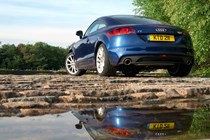
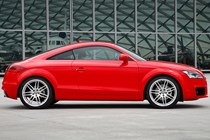
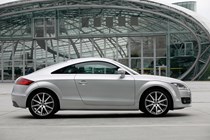
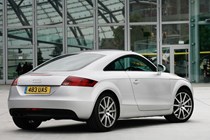
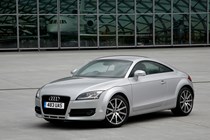
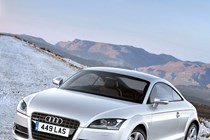
.jpg)
.jpg)
.jpg)
.jpg)
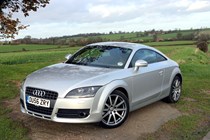
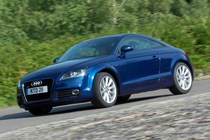

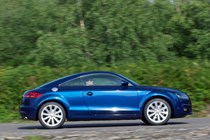
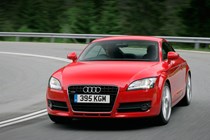

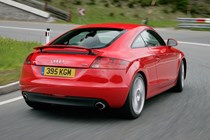
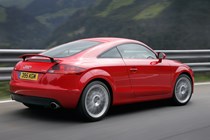
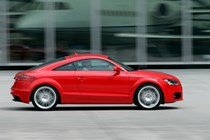
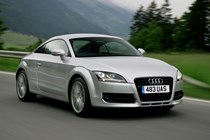

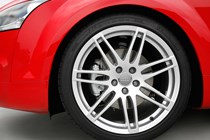
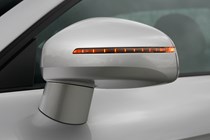
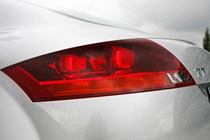
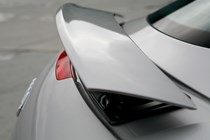
.jpg)
.jpg)
.jpg)
.jpg)
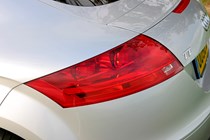
.jpg)
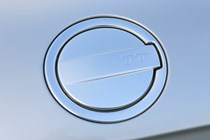
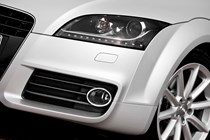
.jpg)
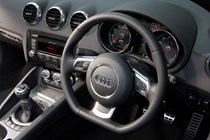
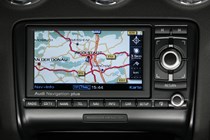
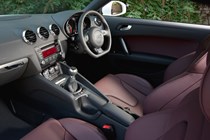
.jpg)
.jpg)
.jpg)
.jpg)
.jpg)
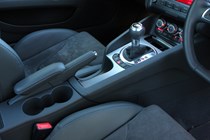
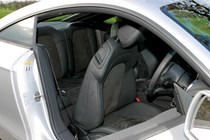
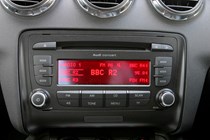
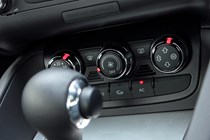
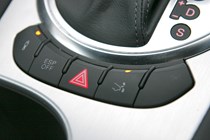
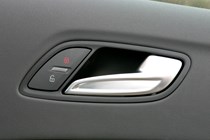
.jpg)
.jpg)
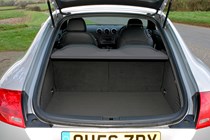
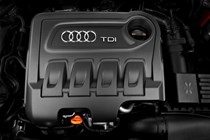
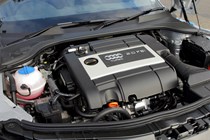

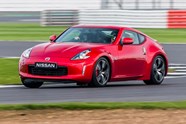
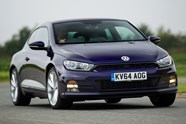








.jpg?quality=50)
.jpg?quality=50)
.jpg?quality=50)
.jpg?quality=50)















.jpg?quality=50)
.jpg?quality=50)
.jpg?quality=50)
.jpg?quality=50)

.jpg?quality=50)


.jpg?quality=50)



.jpg?quality=50)
.jpg?quality=50)
.jpg?quality=50)
.jpg?quality=50)
.jpg?quality=50)






.jpg?quality=50)
.jpg?quality=50)


